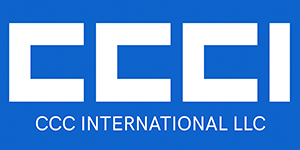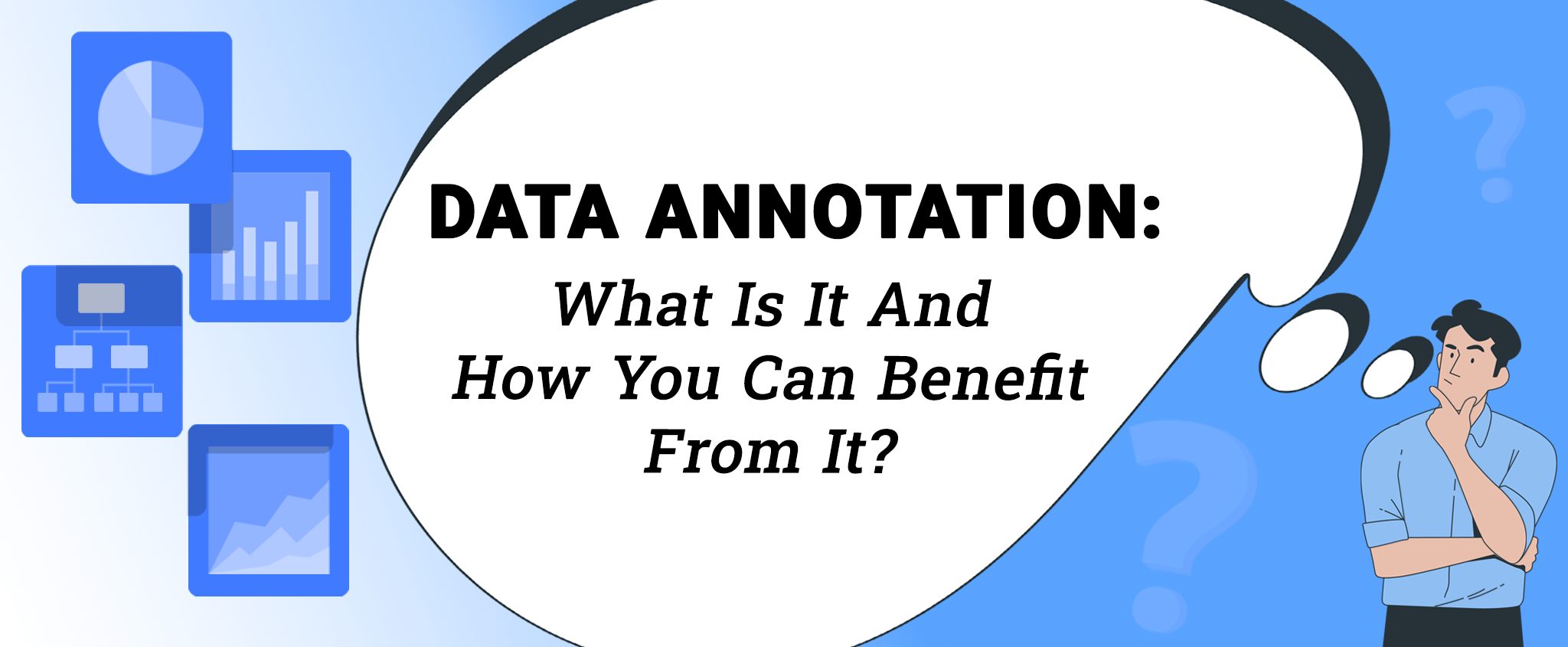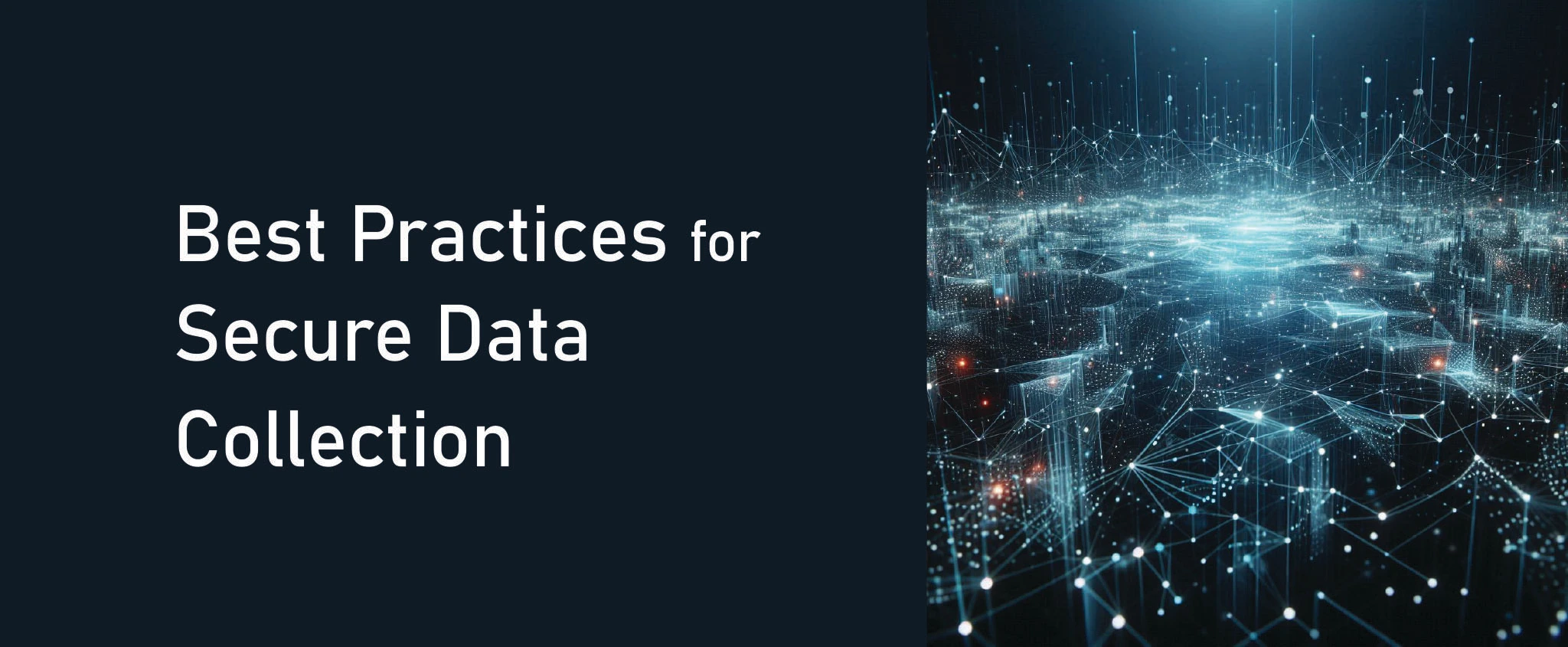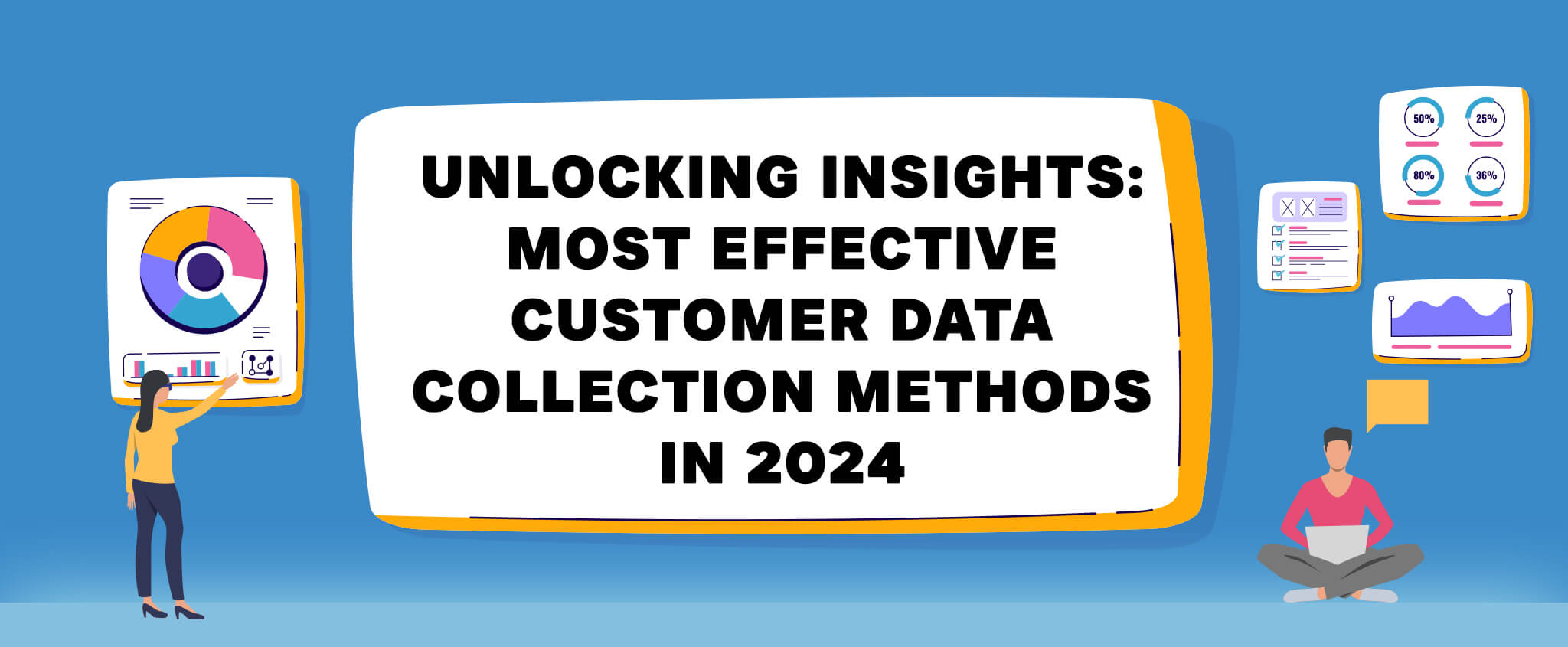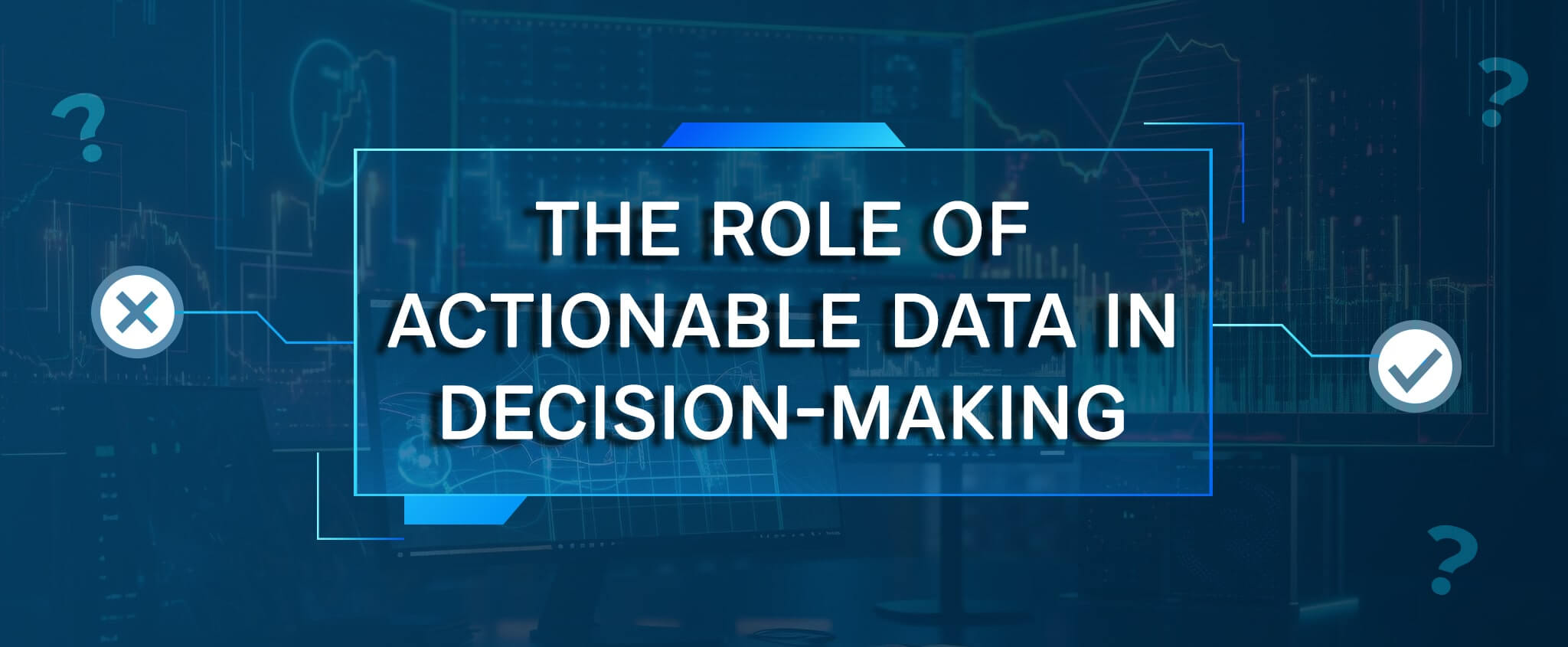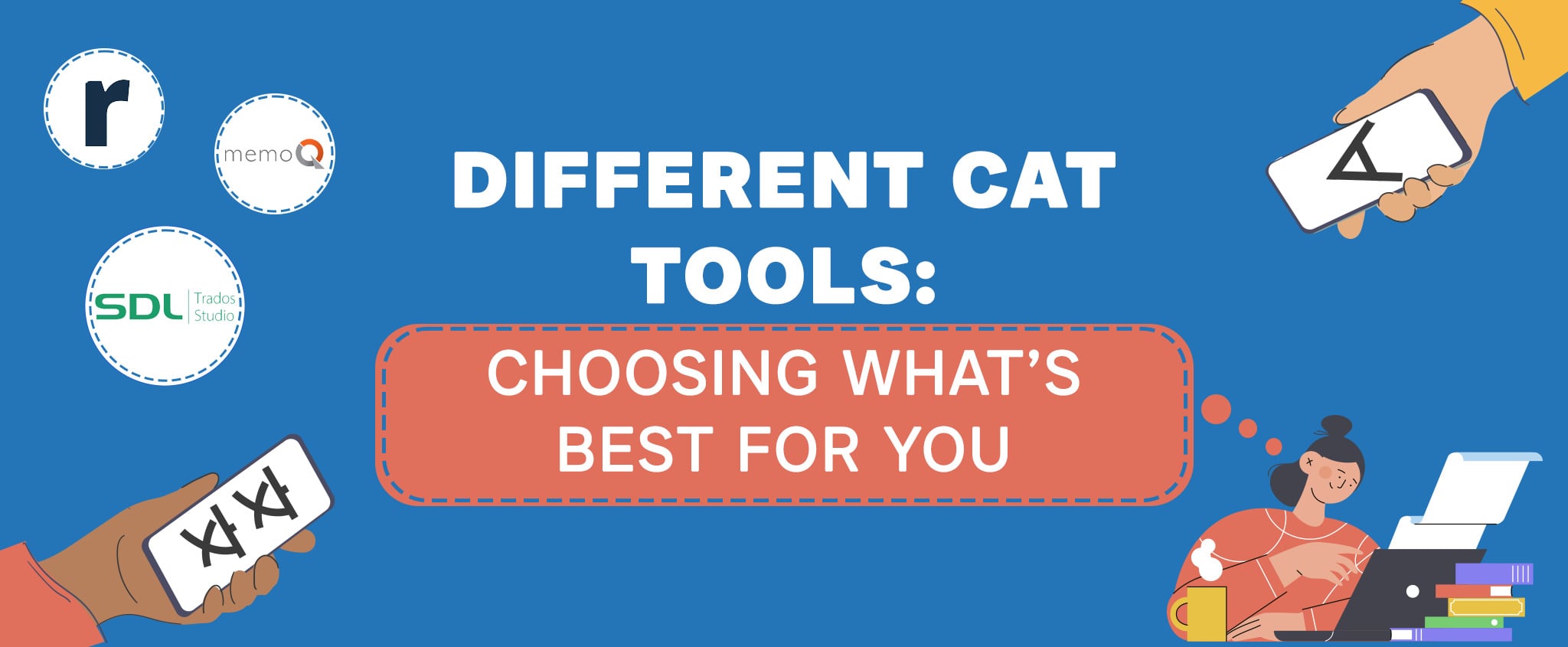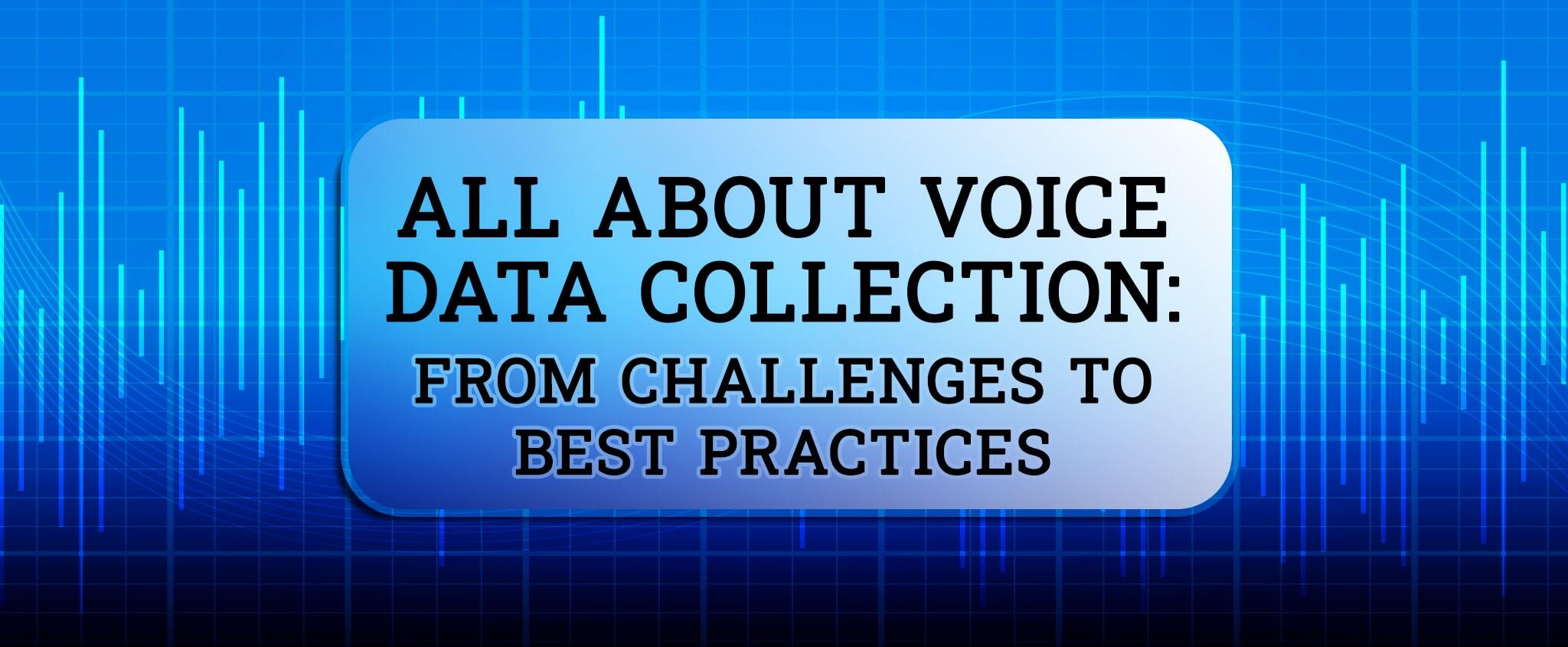Data Annotation: What Is It And How You Can Benefit From It?
Machine learning is increasingly becoming more popular as it shows great potential in improving various business processes. It is a process of teaching computers to make predictions or take actions based on data. Computers need to be taught or trained to make predictions. And suppose your next direction in your business is to go down the machine learning path. In that case, it’s high time for data annotation services)
You’ve probably heard about it, but you may not be sure what it is or how your business can benefit from it. This article will give you a brief overview of data annotation services, their benefits, and some tips on getting started!
Key takeaways
- Data annotation is labeling, tagging, or categorizing data for training machine learning models.
- Your data annotation will depend on your business goals.
- You can use annotated datasets for various tasks, including text classification, image recognition, and object detection.
- The data annotation market is growing rapidly as businesses adopt machine learning.
- The four main types of data annotation are text, image, video, and audio annotation.
Table of contents:
- What is Data Annotation?
- Data Annotation for AI and Machine Learning
- Types of Data Annotation
- Benefits of Data Annotation
- Tips for Data Annotation Success
- CCCI – Top-Notch Multimedia Data Annotation
What is Data Annotation?
Data annotation is the process of adding tags or labels to data. You can do this manually or automatically. The purpose of data annotation is to provide the data that machine learning algorithms need to make predictions.
Annotated Datasets
When learning about data annotation, it’s vital to understand annotated datasets. An annotated dataset is a dataset that has been labeled with information that machine learning algorithms can use. Businesses use annotated datasets to train machine learning models.
Data Annotation Services for AI and Machine Learning
Data annotation is a critical part of training machine learning models. Businesses must provide their algorithms with high-quality training data to get the most accurate results. So what are data annotation’s main uses cases?
Label Generation
One of the most common uses for data annotation is label generation. This is when businesses use data annotation to add labels to their data. The tags can be anything from the name of an object to the sentiment of a review.
Feature Generation
Basically, features are characteristics of the data that machine learning algorithms can use to make predictions. For example, if you’re trying to predict the price of a car, some features you might use are the car’s make, model, and year.
Label Quality Improvement
Another common use case for data annotation is label quality improvement. This is when businesses use data annotation to improve the quality of their labels. For example, if you have a dataset of customer reviews, you might use data annotation to improve the accuracy of your sentiment labels.
Model Performance Validation
Businesses also use data annotation to validate the performance of their machine learning models. You do so by annotating a dataset and then using it to test the accuracy of your model.
Unsupervised Conversion Into Supervised
Data annotation can also convert an unsupervised learning problem into a supervised learning problem.
Note: Data annotation is an integral part of machine learning, but it’s not the only thing you need to do. You also need to have high-quality data!
Types of Data Annotation
Data annotation focuses on text, images, videos, and audio. And in any business, you’re likely to come across all four. How you annotate your data will depend on the type of data you’re working with.
Text Annotation
Text data annotation is used to label or categorize text data. You can use it to label sentiment (positive, negative, or neutral). You can also use it to extract data like people, places, and organizations from texts.
Image Annotation
Image data annotation is used to label or categorize images. It’s for identifying objects in an image and labeling the content of an image (e.g., a beach scene or a cityscape).
Video Annotation
Video data annotation is labeling or categorizing video data. For example, you can use it to label the objects in a video or to identify the scene in a video (e.g., a dance performance or a football game).
Audio Annotation
Audio data annotation is for audio data categorizing or labeling. The process is for tagging the spoken words or identifying the speaker in an audio file.
Pro-tip: Learning the types of data annotation is one of the initial steps to get started with data annotation for your business. The next step is understanding how these processes can actually affect your business!
Benefits of Data Annotation
What about the text, image, audio, or video annotation benefits businesses? How can these services possibly help you achieve your business goals? It’s easy to say that you’re simply labeling or categorizing files, but these processes can do so much more.
Improved Data Quality
Data annotation can help improve the quality of your data. This is especially important if you’re working with a large dataset. Labeling or categorizing data makes it easier to find the data you need and eliminate the data you don’t need. And with improved data quality, you can confidently use machine learning algorithms working with the correct data.
Increased Efficiency
Data annotation allows you to automate tasks that would otherwise be manual and time-consuming. By categorizing or labeling data, you don’t need to spend more time and money searching for the data you need.
Better Decision Making
Data annotation can help you make better decisions. With labeled or categorized data, you can quickly identify patterns and trends. These insights can help you make better product, service, or marketing strategy decisions. No more guessing about what your customers want or need!
Better Customer Satisfaction
Data annotation can also lead to better customer satisfaction. By understanding your customer’s needs and wants better through data, you can provide them with the products, services, or experiences they’re looking for.
Achieving Your Business Goals
Ultimately, data annotation services can help you achieve your business goals. Whether you’re looking to improve your data quality, increase efficiency, or make better decisions, data annotation can help you get there!
Tips for Data Annotation Success
It’s overwhelming to think about starting the data annotation process for your business. But don’t worry; all businesses have to start somewhere. And with the right tips, you can set your business up for data annotation success!
Define Your Goals
The first step to success is defining your goals. What do you want to achieve with data annotation? Do you want to improve your data quality? Increase your efficiency? Make better decisions? Once you know your goals, you can start making a plan to achieve them.
Invest in the Right Tools
Data annotation is a time-consuming process. You’ll want to invest in the right tools to make it easier. There are a few different options available, so take some time to research the best one for your needs.
Create a Process
Creating a process is key to data annotation success. By having a process in place, you can ensure that your team is on the same page and that everyone knows what needs to be done.
Get Feedback
Finally, don’t forget to get feedback from your team. Data annotation is an ongoing process, so getting feedback along the way is crucial. This will help you make changes and improvements to your approach as needed.
Hire an Experienced Team
If you don’t have the time or resources to do data annotation in-house, consider hiring an experienced team. Data annotation services can take your business to the next level.
Take time to understand what data annotation is and how it can benefit your business before getting started with data annotation services. CCCI is here to give you a head start!
CCCI – Top-Notch Multimedia Data Annotation
CCCI has been providing data collection services for various industries. We are experts in data collection and reporting, collecting data from websites, social media, and other online sources. Whatever you’re unsure about data collection, we’re here to help!
CCCI offers a wide range of services, from data collection and annotation to data processing and analysis. Our team of experts will work with you to understand your specific needs and requirements. We know data annotation’s advantages and can help you determine your business’s best course of action!
Data annotation can be extra challenging and complex if the data is multimedia. It’s also daunting if you barely have an idea where to start. Worry not; CCCI has a team of experienced multimedia data annotation experts. Apart from doing it for you, we’re also ready to provide you with a comprehensive guide, so we stay on the same page every step of the way.
Your business can do so much more with data annotation services. With CCCI, you can make the most of it. Are you ready to dive into the data annotation market? Reach out to us today, and let’s talk!
